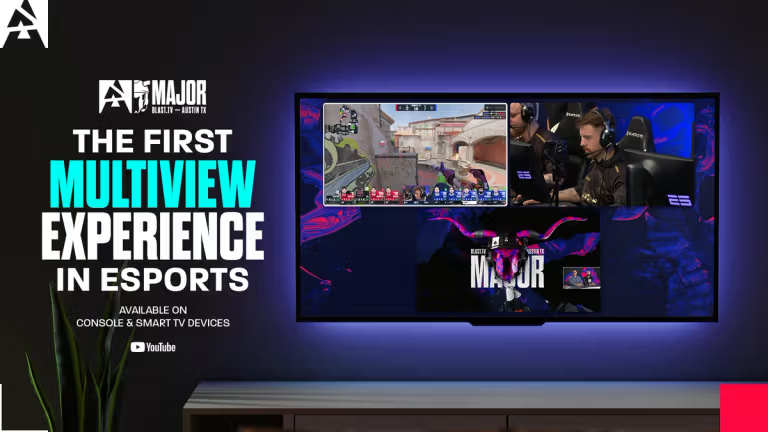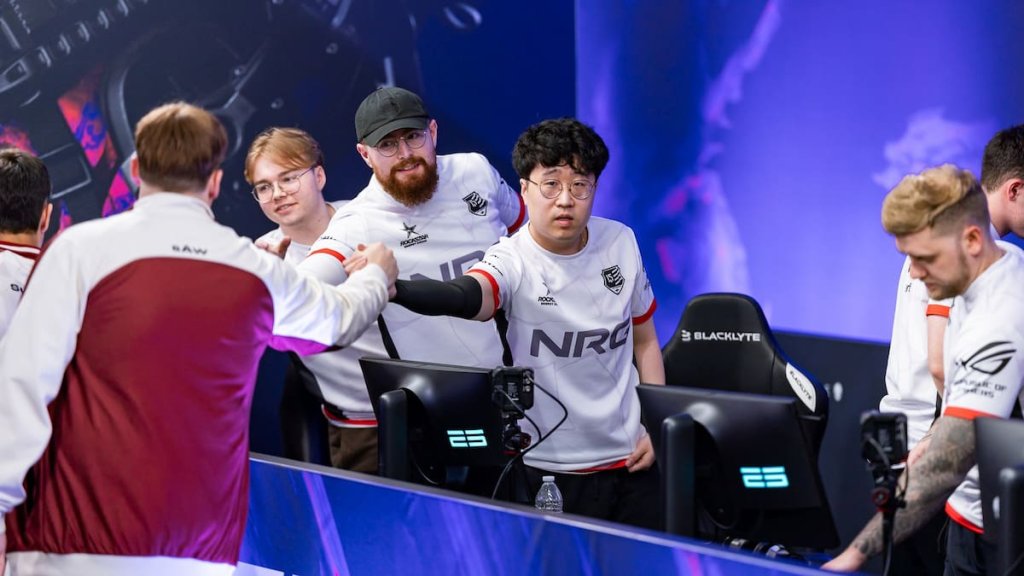
Dust 2 Callouts – CS2 Update
Every Counter-strike player knows Dust 2. It’s potentially the most legendary map in the game’s history, spanning back to CS:1.6. Many players may not know the Dust 2 callouts for CS2, which have continued to evolve as the community becomes more familiar with every inch of the map. Dust 2 has recently been returned to active duty with the release of CS2 so it’s all hands on deck to learn the callouts.
Every map has a set of callouts you should learn that’ll be crucial to leveling up your game. Every map has a set of unique callouts so teams can understand where events are taking place during the game. We’ve compiled a list of Dust 2 callouts for CS2, which you can use to guarantee your teamplay on the map resembles the best CS:GO teams.

Credit: Daniel Morris / Valve
Essential Dust 2 Callouts
Ideally, you should use all of these callouts on Dust 2, but for beginners first learning how to get good at CS2, it’s tough. Initially, focus on callouts that you’ll be using often. Dust 2 is a map with tight entry points to the bombsites, so they’ll be your key to communication.
Dust 2 CT Callouts:
As a CT, the most important Dust 2 Callouts are:
- A Long
- A Cross
- A Short
- Upper Tunnels
- B Doors
- B Window
- Mid Doors
These are the key bombsite entry points that you’ll need to keep your eye on. As well as this, you’ll need to be in constant communication with your teammates about any enemy information. That way, you can ensure your rotations are perfect and you can catch the Terrorists off guard. The Ts will often split between multiple of these positions, so playing as a CT on Dust 2 is tough work.
Dust 2 T Callouts:
On T side, your essential Dust 2 Callouts are:
- Mid Doors
- Lower Tunnels
- Pit
- B Doors
- Barrels
- Big Box
- B Car
- B Window
There’s a bit more to get used to when calling as a T, because you’re not just calling entry points – you’re also calling Counter-Terrorist hiding spots. As they defend the site, they’ll look to gain any small advantage over you, and you need to know where to call so you and your team avoid some nasty surprises.
For a more in-depth look at Dust 2 Callouts, see our full map below!
Dust 2 Callouts
The main thing to know about Dust 2 is that it’s over two decades old. Even with the changes introduced by CS2, the bones of the map are pretty much the same. Multiple generations of players have had time to come up with their own terminology for parts of the map, but we want to show you the main ones that have stuck. Here is our map of Counter Strike 2 callouts: Dust 2 edition.

Looking at this map, many new players would be confused – it’s definitely daunting. Unfortunately, learning callouts takes more than an image, although this map is a great starting point. The best way to learn is to play consistently, without playing other maps to confuse yourself. You’ll hear these callouts in-game, and responding to them eventually becomes muscle memory.
FAQs
Dust 2 has officially returned to active duty with the release of CS2. This map was added back when CS2 was in beta and is now part of the full game. When will Dust 2 return to the Active Duty pool?
Dust 2 combines so much of the best elements of CS:GO, and makes players use every skill in their arsenal to get the win. It’s been around for so long, that it’s hard to think about Counter-Strike without it, and for many, the two are synonymous with each other. While a break from the Active Duty map pool may have been needed for a while, you can always bet on Dust 2 to bounce back. Why is Dust 2 such a popular map?
While we’d never say never, we can definitely say it’s unlikely. Unless there are some major structural changes made to the map, most of the Counter-strike callouts for Dust 2 are set in stone at this point. Players have had too long to get used to them all, with the map now over 20 years old. Will the Dust 2 callouts ever change?
We’re not going to lie – it can take a while to understand every callout on Dust 2. You might have 100 hours logged, but if you never play B, you’re going to be less familiar with B Callouts. That’s why it can take commitment to learn them all. As long as you take it slow, as learn the key callouts first, you should have enough to get you through matches. How long will it take me to learn the Dust 2 callouts?












